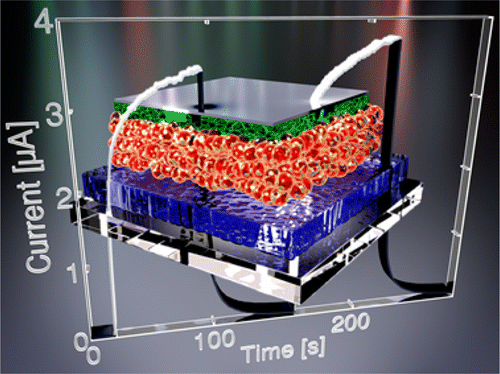Spray-on solar to cut costs
 A recent discovery could lead to a new generation of low-cost spray-on solar cells.
A recent discovery could lead to a new generation of low-cost spray-on solar cells.
A team from the University of Alberta have found a replacement for current expensive and hard-to-find materials used for solar power generation such as cadmium; the Canadians have designed nanoparticles that absorb light and conduct electricity from two very common elements - phosphorus and zinc.
The team’s research supports a highly-efficient new idea in solar cell manufacture, using techniques of traditional mass production such as roll-to-roll printing (used for newspapers) and spray-coating (similar to automotive painting). Researcher Jillian Buriak says “nanoparticle-based 'inks' could be used to literally paint or print solar cells or precise compositions.”
Buriak and her team have applied for a provisional patent and secured funding partners. They are moving ahead with the nanoparticle experiments, spray-coating them onto large solar cells to test efficiency.
A report on the research is available here.







 Print
Print